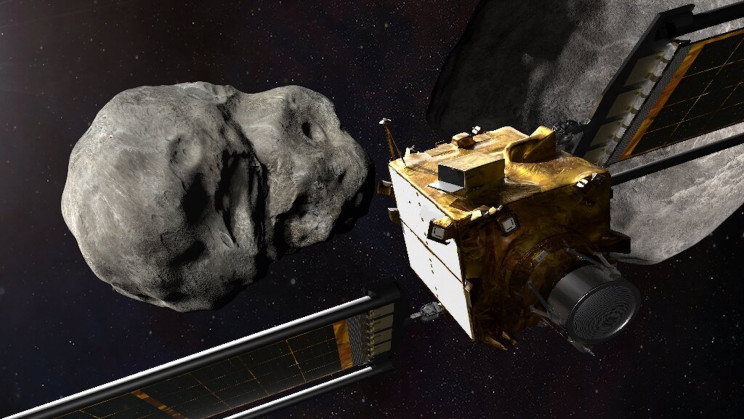NASA Is Launching Its New DART Spacecraft. To Deflect Asteroids?
We are vastly unprepared for the event of an impending, potentially civilization-ending asteroid impact. Knowing this, NASA is developing planetary defense solutions to add to its arsenal of space technologies.
One of these technologies, NASA's DART spacecraft, is scheduled to launch aboard a SpaceX Falcon 9 rocket at 10:20 Pacific time on November 23, a press statement reveals.
The Double Asteroid Redirection Test (DART) will send a spacecraft traveling at a speed of 15,000 miles per hour (24,000 kph) into an asteroid next year sometime between September 26 and October 1.
Preparing for Armageddon
NASA provided new details on the mission in a press briefing on Thursday, November 4. "Although there isn't a currently known asteroid that's on an impact course with the Earth, we do know that there is a large population of near-Earth asteroids out there," said Lindley Johnson, NASA's Planetary Defense Officer.
"The key to planetary defence is finding them well before they are an impact threat," Johnson continued. "We don't want to be in a situation where an asteroid is headed towards Earth and then have to test this capability."
Once the DART spacecraft reaches Dimorphos, a miniature camera-equipped satellite will exit the craft to orbit the asteroid and collect images and data of the collision. The DART spacecraft, which weighs 548 kg won't cause any significant damage to the asteroid. Instead, it will give the space rock a nudge in order to change its trajectory.





Post a Comment